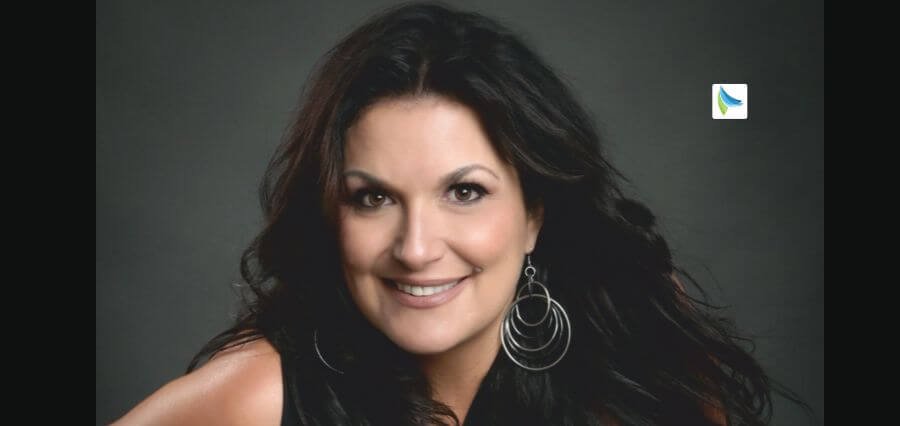Jayaram Immaneni is a seasoned Vice President at JP Morgan Chase, renowned for his expertise in Machine Learning Operations (ML Ops) and Site Reliability Engineering (SRE). With a career spanning role in cloud architecture, data center migration, and machine learning innovation, Jayaram has been instrumental in transforming critical infrastructure and optimizing workflows in high-stakes environments.
Jayaram’s contributions extend beyond technical accomplishments; he is a passionate mentor and advocate for ethical technology, empowering communities through knowledge sharing and fostering sustainable solutions in the tech industry. His exceptional journey reflects a blend of technical mastery, strategic foresight, and community engagement, positioning him as a visionary leader in the ever-evolving landscape of technology.
Let’s explore his career and accomplishments in detail.
Current Leadership Role
As the Vice President of ML Ops at JP Morgan Chase, Jayaram oversees the design and implementation of secure, resilient, and scalable solutions that support machine learning workflows and mission-critical systems. His expertise lies in container orchestration using Kubernetes, enabling the seamless deployment, scaling, and management of containerized applications across diverse environments.
A pivotal part of his role involves architecting comprehensive ML pipelines that streamline data ingestion, preprocessing, model training, validation, and deployment. Leveraging frameworks such as TensorFlow, PyTorch, and Scikit-learn, Jayaram ensures these pipelines integrate with CI/CD systems like Jenkins and GitLab CI/CD, enabling rapid, reliable model updates.
Under his leadership, the team successfully integrated Apache Airflow for automating complex workflows, improving efficiency in data processing and decision-making. Additionally, he spearheaded cost-saving initiatives by optimizing resource allocation and reducing operational overhead, aligning technological strategies with sustainability goals.
Previous Roles at JP Morgan Chase
Jayaram’s tenure at JP Morgan Chase is marked by impactful achievements across various roles:
- Application Support Lead: Focused on maintaining system reliability, Jayaram optimized performance for critical applications, ensuring uptime and seamless user experiences.
- Associate Infrastructure Engineer: Played a key role in modernizing infrastructure, enhancing system scalability and efficiency.
- Sr. Linux System Administrator: Designed and implemented robust solutions for server management, ensuring high availability and reliability.
Notable Achievements
- PRISM CL Model for Global Credit Card Fraud Detection
Jayaram led the development of the PRISM CL (Credit Line) model, a state-of-the-art machine learning solution for real-time fraud detection. By incorporating advanced algorithms like RuleFit and GBoost, the model processes millions of transactions daily, significantly enhancing Chase Bank’s risk management strategies.
- Kubernetes Migration Leader
As the architect of JP Morgan Chase’s first application migration from legacy Virtual Server Infrastructure (VSI) to a Kubernetes-based architecture, Jayaram set a benchmark for scalability and operational efficiency. This transition reduced costs and improved system resilience, paving the way for future Kubernetes deployments.
- Integration of TigerGraph
Jayaram spearheaded the adoption of TigerGraph, a cutting-edge graph database technology, to enhance credit card authorization processes. This innovation enabled more accurate fraud detection and optimized system performance.
- Data Center Migrations
Jayaram led multiple data center migration projects, including the transition from legacy VSI to KVM virtualization on vSphere. These efforts not only modernized infrastructure but also achieved significant cost reductions, improved resource utilization, and supported environmental sustainability.
Educational Foundation and Certifications
Jayaram holds an impressive suite of industry-recognized certifications:
- AWS Certified DevOps Professional: Demonstrates expertise in designing scalable cloud solutions.
- Kubernetes Administrator & Developer: Highlights proficiency in managing and developing containerized applications.
- Terraform Associate: Showcases mastery in implementing Infrastructure as Code (IaC) for streamlined deployments.
- Apache Airflow Certification: Reflects expertise in workflow automation for complex data pipelines.
These certifications underscore his commitment to continuous learning and professional development.
Technical Expertise
Jayaram’s technical skills encompass a broad range of tools and frameworks:
- Cloud Platforms: AWS, Azure.
- Container Orchestration: Kubernetes, Docker.
- Data Management: Apache Airflow, Terraform.
- ML Frameworks: TensorFlow, PyTorch, Scikit-learn.
- Programming Languages: Python, Java.
His ability to seamlessly integrate these technologies into cohesive systems ensures high performance, reliability, and scalability across diverse use cases.
Leadership Philosophy
As a leader, Jayaram combines technical acumen with a focus on collaboration and innovation. His approach emphasizes:
- Fostering High-Performing Teams: Building skilled teams capable of solving complex challenges.
- Driving Data-Driven Decisions: Utilizing analytics and performance metrics to guide strategies.
- Promoting Ethical Practices: Advocating for transparency, fairness, and accountability in AI and machine learning.
- Encouraging Continuous Learning: Mentoring team members to develop technical and leadership skills.
Community Engagement and Mentorship
Jayaram’s commitment to giving back extends beyond his corporate responsibilities. He actively mentors professionals in underserved regions, including South Africa and India, focusing on skill development and career growth in technology. Collaborating with organizations like the Hope Foundation and Mallikamba ManoVikasa Kendram, he leverages his technical expertise to drive social good.
In addition, Jayaram participates in tech-focused events and workshops, sharing insights on ethical AI development and sustainability in technology.
Vision for the Future
Jayaram envisions a future where technology and ethics converge to create impactful solutions for global challenges. His goals include:
- Advancing ethical AI by developing transparent and interpretable machine learning models.
- Leading initiatives that align technological innovation with sustainability.
- Empowering communities through mentorship and skill-building programs.
Through his leadership, Jayaram aims to leave a lasting legacy of innovation, integrity, and transformative contributions to the tech industry.
His visionary leader whose technical expertise, strategic thinking, and community-focused initiatives have made a profound impact on the fields of machine learning, cloud architecture, and data center optimization. His dedication to excellence and ethical innovation positions him as a trailblazer in the technology sector, poised to drive meaningful change in an increasingly complex digital landscape.
As the tech industry continues to evolve, professionals like Jayaram exemplify the balance of technical mastery and human-centered leadership needed to navigate its challenges and opportunities.

















